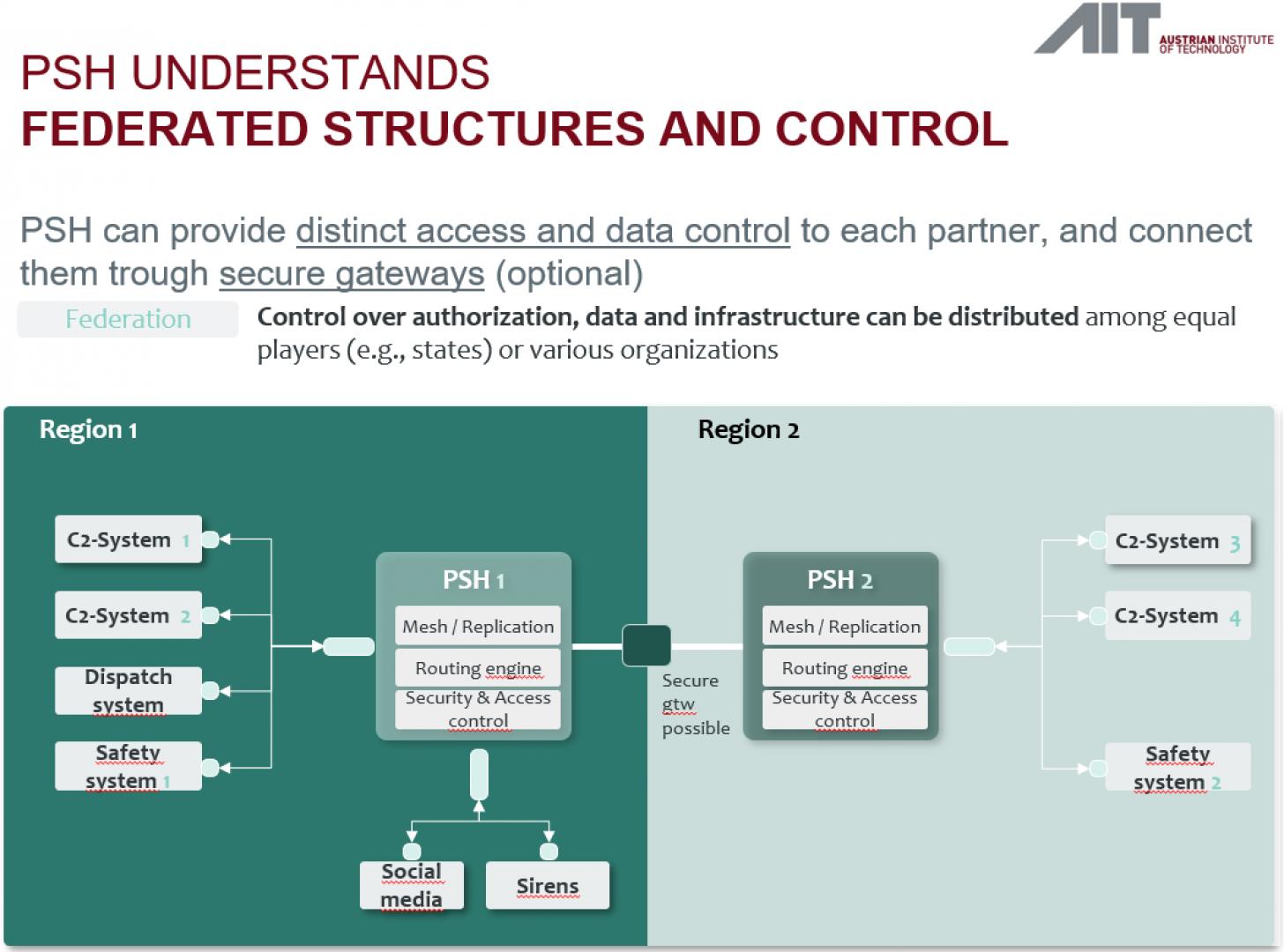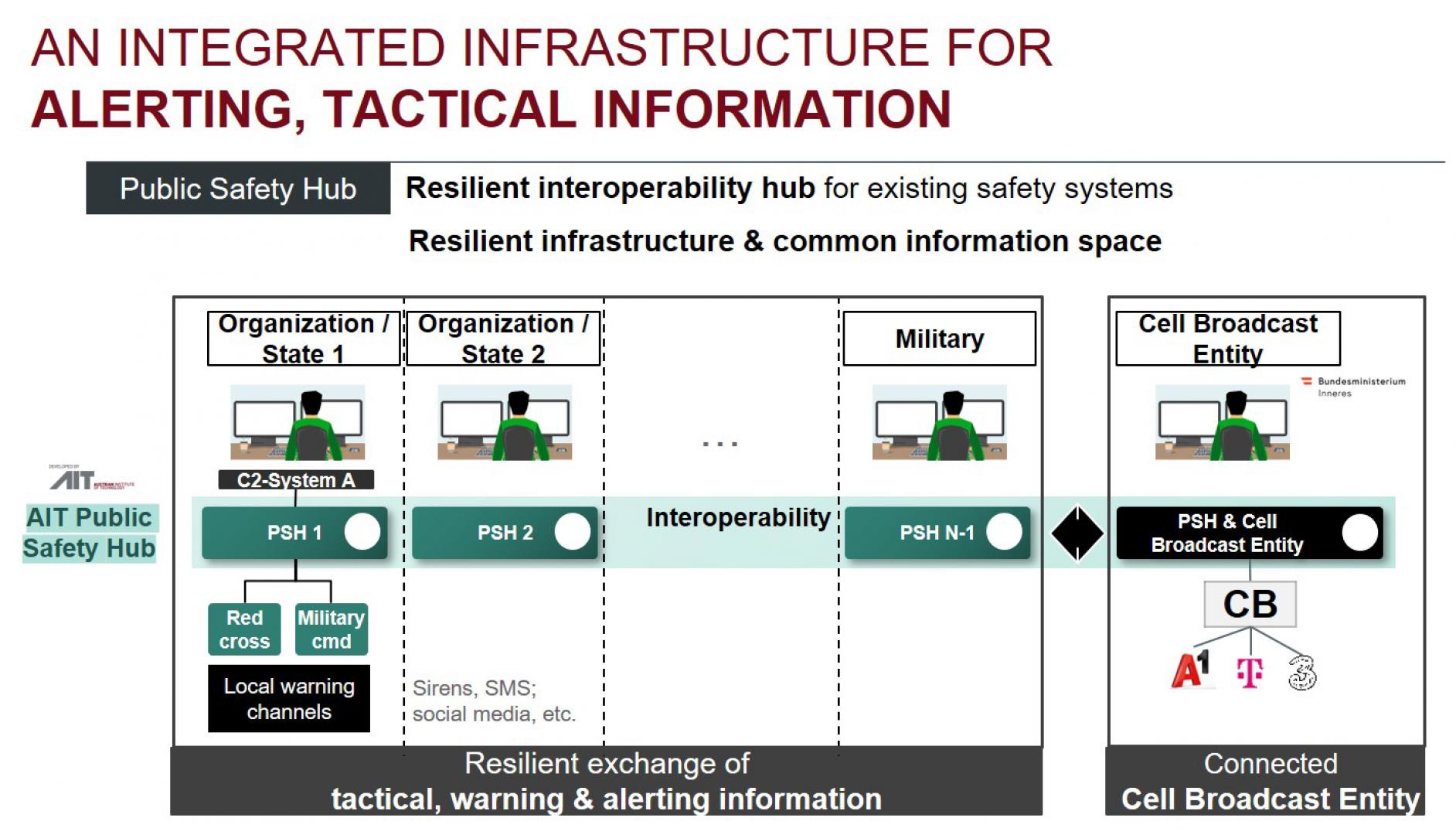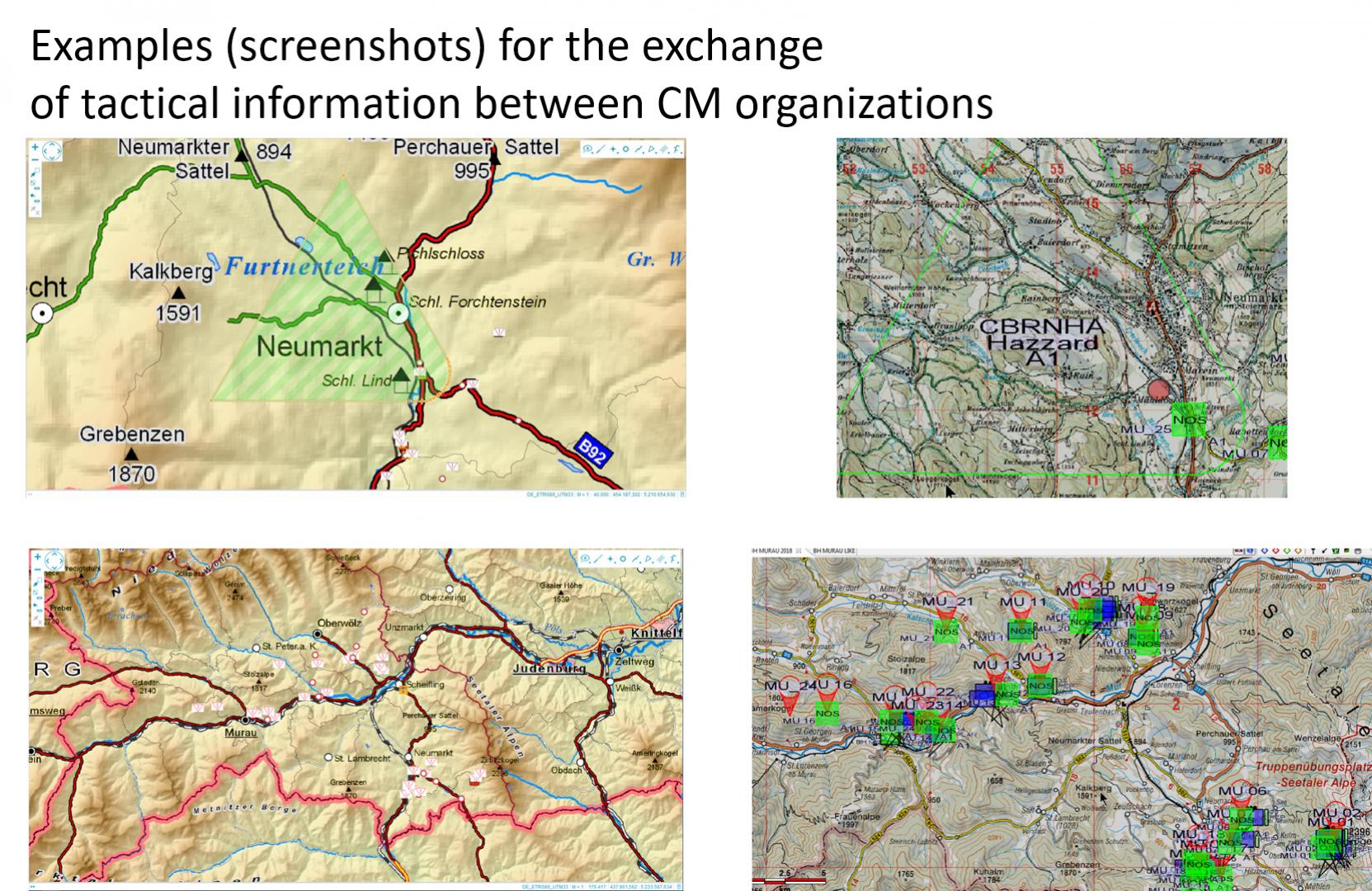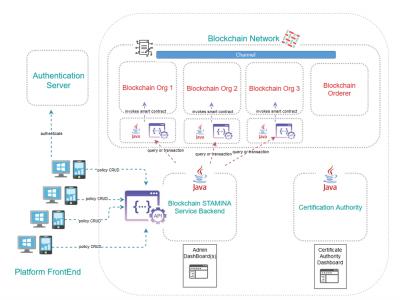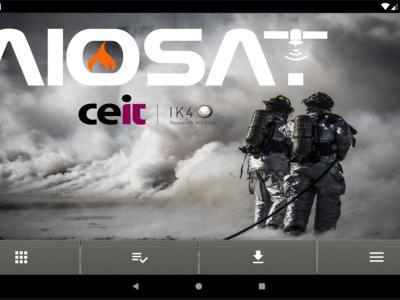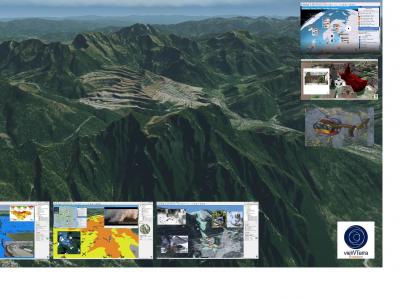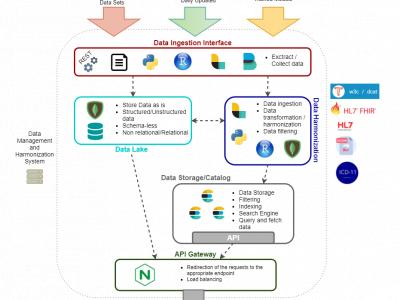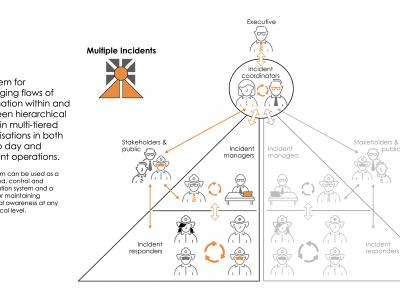Contact
Provider(s):
Over the past decades many "isolated information technology solutions" have been developed within the field of and management, which very specifically describe, interpret and present information for each organization. So far, it has been a particular challenge for different organizations to exchange information with one another based on different IT systems.
The new Public Safety Hub (PSH) platform enables the seamless exchange of information between federated systems of different organizations (both military and civil IT systems). The PSH improves the cooperation of services, organizations and citizens for the effective management of disasters. This is all the more important because when coping with disasters, processes and processes between the operating task forces must be harmonized and synchronized.
The special technological architecture of the new platform includes the secure and flexible data exchange between most diverse organizations without creating numerous dependencies and without creating single points of failures. Such a modern and flexible communication platform can easily bundle separate competencies and ensure a highly secure and efficient cooperation of different organizations in crisis situations. Fully automated data exchange between the information systems is thus ensured. This will make it possible in the future to cope with major events and catastrophes even faster and to send help to the right places even more quickly and precisely.
The PSH's federated design reflects the and division of responsibilities needs of the CM and other public safety domains. This is especially reflected in the following design qualities:
- Seamless & federated
- Seamless information exchange between safety systems (e.g. C2-systems)
- Federated data and system control, respecting the roles and processes of individual organizations
- Vendor-independent data distribution with respect to the to be integrated sub-systems
-
by design
- Federated data handling and functionality, i.e., no central point of failure
- Geo-redundancy of core functionalities
- to work in network partitions in network failure cases
- Mature handling of failover cases:
- Redundancy of functional nodes
- Systematic awareness of failover nodes
- Dynamic failover capabilities
- Queuing of messages that cannot be transmitted (for a defined time to live)
- Inspection capabilities for failover cases
- Scalability
- Vertical scalability (local replication of functions)
- Horizontal scalability (reflecting organizational topologies)
- Intelligent routing reduces the load on the network
- Support for complex system topologies and access & authorization schemes
- Smart information distribution
- Intelligent application-level addressing and routing that does only distribute data to required recipients (in terms of a principle of data economy, following GDPR and security considerations)
- Unique identifiers (addresses) on an application level
- Wildcards for sharing information according to topological or organizational structures
- Tag-based communications and addressing for content-based organization of data exchanges
Supported Use Cases
Public Warning & Alerting & Cross-stakeholder Notification Services
Seamless information exchange between command and control systems
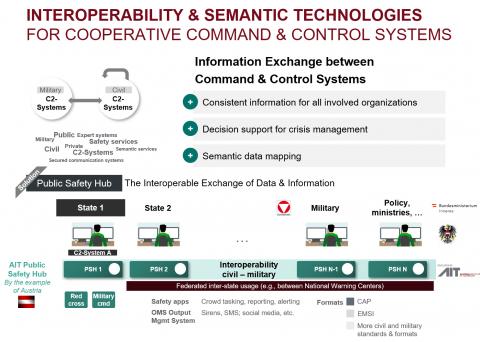
 |
Portfolio of Solutions web site has been initially developed in the scope of DRIVER+ project. Today, the service is managed by AIT Austrian Institute of Technology GmbH., for the benefit of the European Management. PoS is endorsed and supported by the Disaster Competence Network Austria (DCNA) as well as by the STAMINA and TeamAware H2020 projects. |
